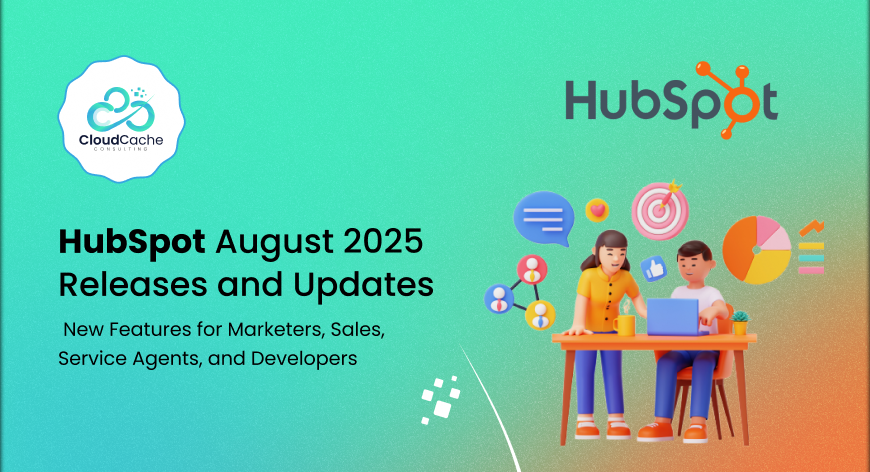
HubSpot August 2025 Releases and Updates: New Features for Marketers, Sales, Service Agents, and Developers
HubSpot Released several New Features and tweaks this month as well. August brought a stack of updates across Marketing Hub, Content Hub, Sales Hub, Service Hub, and the Developer Platform. On paper, it looks big.
In this insightful article, we will beeline the brimming August updates and how to get benefit from them.
HubSpot August 2025 Releases and Updates
Marketing Hub & Content Hub: A More Unified Marketing Ecosystem
Marketing teams often juggle many tools, platforms, and integrations. HubSpot’s August release addresses this challenge by introducing Essential Apps for Marketers 2025. This suite binds together native integrations with platforms such as
- Adobe Express,
- TikTok Ads,
- Canva, and
- Vidyard.
Most teams already use these tools. The benefits are clear:
- Faster content production by linking creative apps directly with campaigns.
- Connected analytics that allow teams to compare performance in real time.
The value here isn’t a shiny new feature; it’s the time you save by not switching tabs, exporting assets, or chasing UTM links. Creative flows into campaigns. Campaigns flow into reporting. You keep context.
Smarter Conversion with Calendar CTAs
Another feature worth noting is the ability to add a meeting calendar link directly into CTAs. Traditionally, a visitor had to click a CTA, get redirected to a landing page, and then book a meeting. This extra step often led to drop-offs.
If someone is ready to talk now, don’t make them click twice. This simple change often lifts conversion because it respects the moment.
Streamlined Social Posting with Hashtag Bank
Marketing teams can now save their most effective hashtag combinations and apply them instantly.
The benefits are practical:
- Consistency across campaigns.
- Reduced manual errors.
- Faster publishing cycles.
Faster Email Testing
HubSpot has also improved email testing. Rendering snags kill good messages. A button that shifts, a font that breaks, an image that drops—each one chips at trust and ROI. Early detection keeps your send list warm and your brand clean.
Try this: Before your next big send, test on the top five clients your audience uses. Fix spacing, image sizing, and dark-mode quirks. Then lock a checklist so the team follows the same path every time.
Sales Hub: Streamlining Workflows and Insights
For sales teams, HubSpot’s August release is about productivity and personalization.
Tasks in the Sales Workspace
The integration of native task management within the Sales Workspace is a game changer. Create, search, and finish tasks without bouncing to another tool.
Sales focus is fragile. Every switch to a separate task app cost a bit of intent. Centralizing tasks keeps eyes on pipeline, not on plumbing.
Try this: Start your day in the Sales Workspace. Sort by “due today,” star the three tasks that move revenue, and block 90 minutes to clear them. Small discipline, big momentum.
Customizable Deal Metrics
You can tailor deal dashboards to the way your team actually sells—velocity, coverage, conversion by stage, or whatever your model needs.
Generic dashboards hide problems. Custom views make issues loud. A rep who measures by volume needs different signals than a rep who wins on depth.
Try this: Give each role one primary metric and two supporting ones. Make those the first three tiles on their dashboard. Remove anything nobody looks at.
Enhanced Deals Sidebar
A new two-column layout shows activity and core deal data side by side.
Less clicking, more context. When you can see notes, emails, and fields in one glance, your next move becomes obvious.
Try this: During calls, keep the sidebar open. Note objections and next steps in real time. You’ll finish more conversations with clear commitments and cleaner records.
Service Hub: More Personalized and Contextual Support
HubSpot’s updates to Service Hub focus on precision and personalization.
Feedback by Ticket Stages
Instead of sending a survey after every closed ticket, businesses can collect feedback only when it’s most relevant. This creates higher-quality insights and avoids overloading customers with requests.
Brand Voice for Customer Agents
Brand voice settings are now included in HubSpot’s AI Customer Agent. This means automated responses can carry the same tone and personality as your human team. For businesses that care about consistency, this feature ensures every message feels authentic.
Ticket Filtering Made Simple
Support agents can also filter tickets by associated contact or company. This small update provides a full view of customer history, enabling more informed and empathetic responses. It saves agents from piecing together fragmented information and improves the overall service experience.
Developer Platform: Building the Future on HubSpot
One of the biggest shifts in this release is the launch of the unified HubSpot Developer Platform
What Makes It Powerful
- Unified development framework with streamlined tools.
- Improved performance with higher event limits and faster processing.
- Next gen webhooks with better reliability and granular control.
For developers, this means fewer limitations and more creativity. For businesses, it means access to apps that feel native and deliver deeper functionality.
Expanded UI and App Home
With new UI extensions and App Home (in beta), developers can design apps that integrate seamlessly into HubSpot’s interface. From custom dashboards to specialized workflows, this flexibility supports unique use cases without forcing teams outside the HubSpot environment.
AI-Ready Tools
From Breeze AI workflow actions to integration with external AI copilots, the platform allows apps to become intelligent tools that adapt to modern work.
This opens the door for companies to automate complex processes, bring HubSpot data into third-party AI tools, and even train custom AI agents.
Why These Updates Matter
Taken together, they show HubSpot’s clear direction:
A unified experience across marketing, sales, and service.
A developer platform that unlocks innovation.
Final Words
If you’ve been waiting for a moment to refresh your setup, this is a good one. The marketing stack is more connected, the sales view is clearer, the service loop is smarter, and the build surface is wider. You don’t need a big bang project. You need a few focused changes that stack.
If you need HubSpot consulting services with an eye for adoption, not just configuration, speak with experienced HubSpot consultants in Upwork, who understand campaign realities, quota pressure, and service SLAs. When you choose seasoned HubSpot partners, you get guidance on integrations, data models, and change management—the pieces that decide whether new features stick.
At CloudCache Consulting, our team has helped businesses worldwide harness CRM platforms effectively. As certified experts and trusted advisors on platforms like Upwork, we provide HubSpot consulting services that focus on practical outcomes, not just technical setup. If you are ready to make the most of HubSpot’s August 2025 updates, the right support can make all the difference.
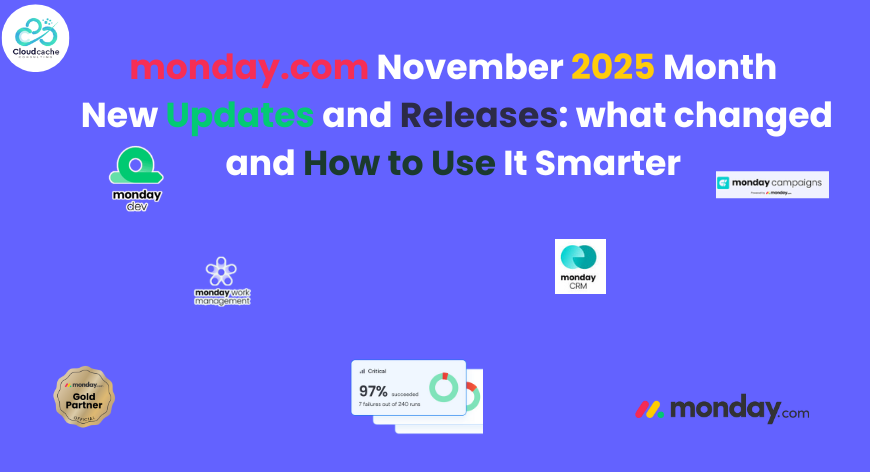

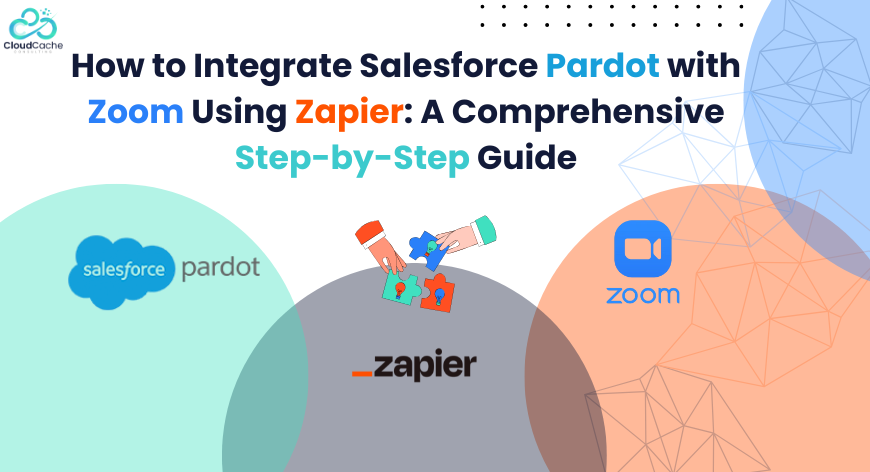
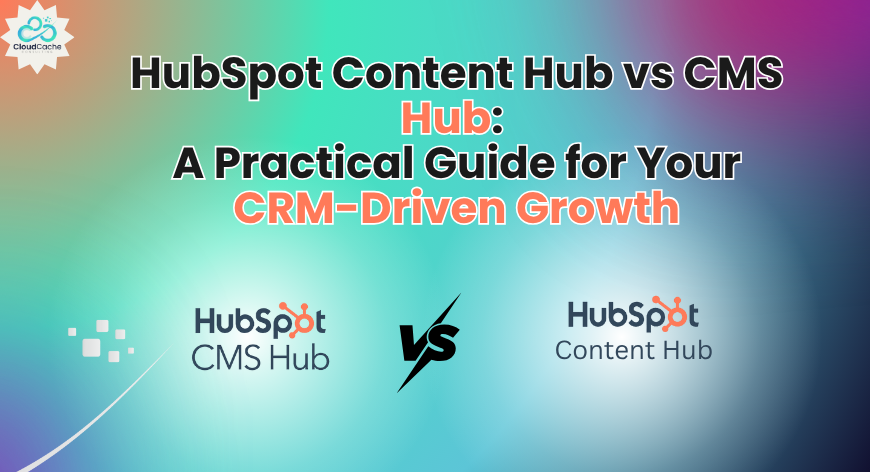
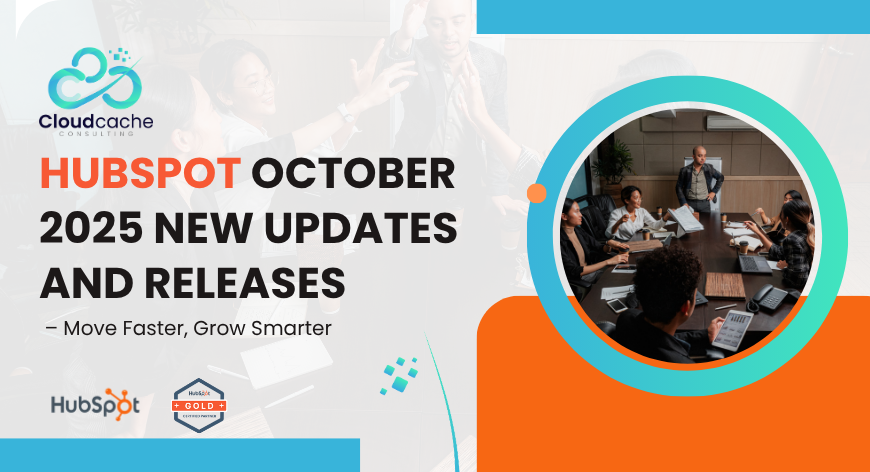
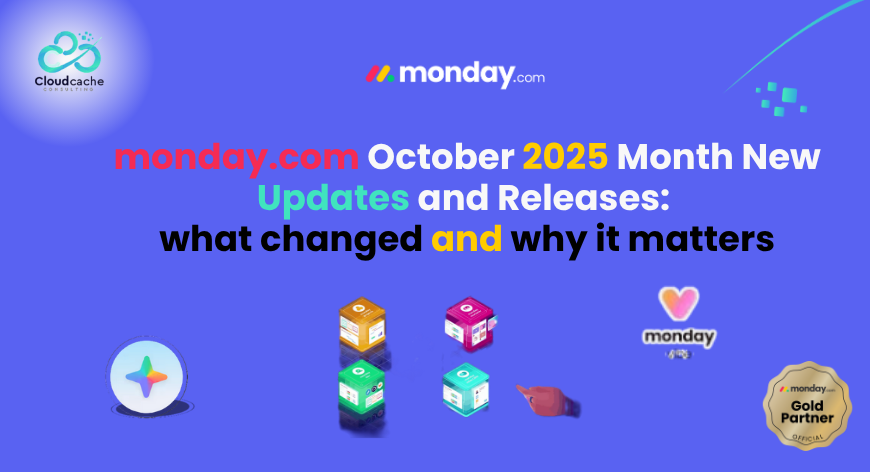

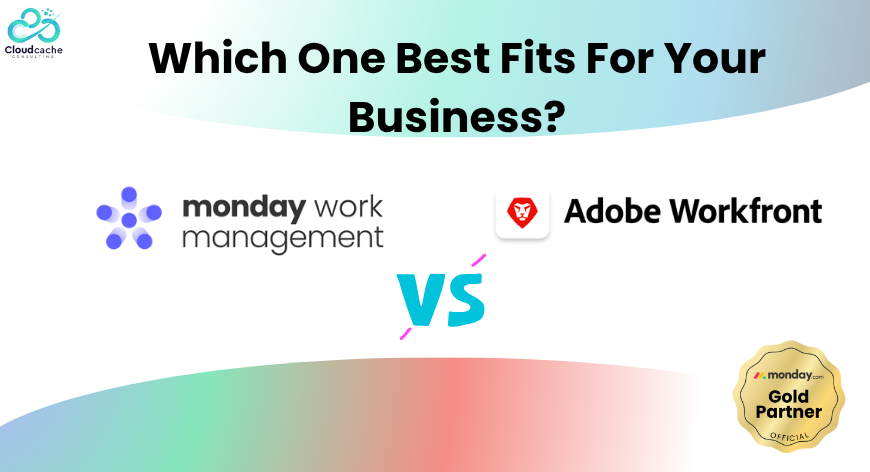
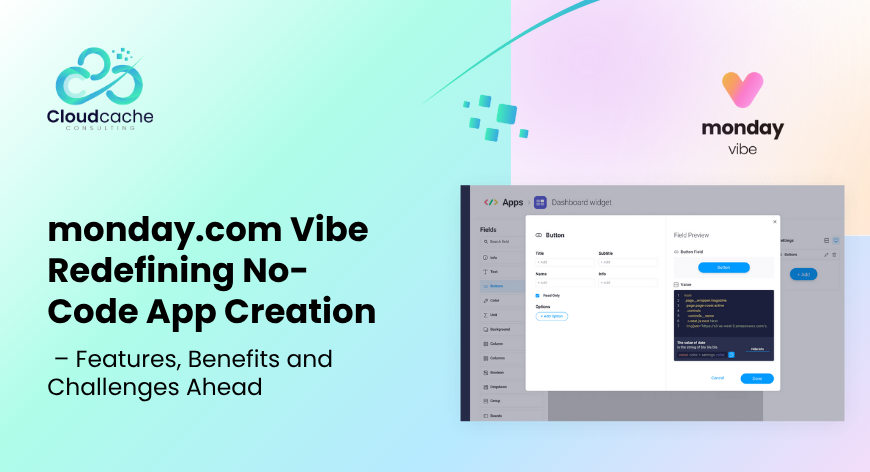
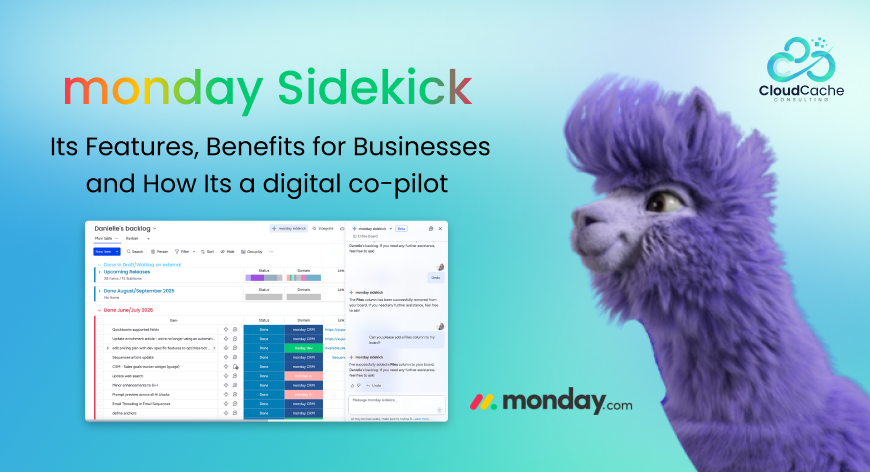

Leave a Reply
Your email address will not be published.